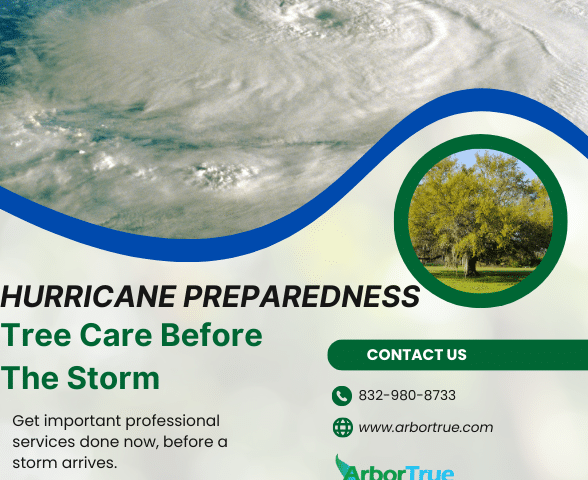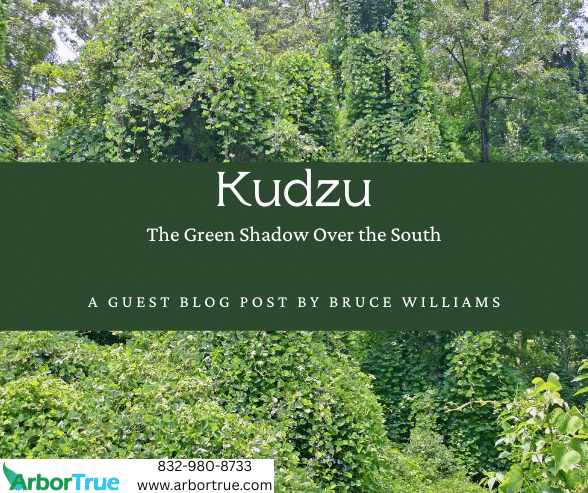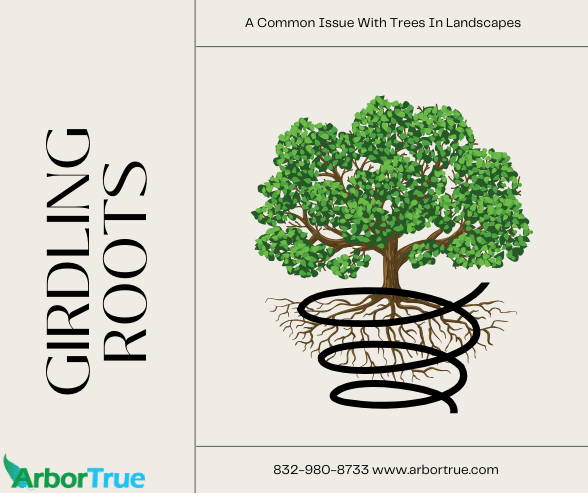
Helping Trees Through Drought: Five Ideas That Can Help
July 10, 2024
Mushroom Monday: Shaggy Scalycap (Pholiota squarrosa)
July 15, 2024
Hurricane Preparedness: Tree Care Before The Storm
With hurricane season upon us, many are taking time to get prepared. Things like having non-perishable food, water, and flashlights are all important. Taking time to learn about evacuation routes, charging phones, and gathering important documents are also things that are important to do. Have you thought though about tree care as part of your hurricane preparedness?
We have all seen images of fallen trees and tree limbs after hurricanes. The damage can be extensive in many cases. Some reading this may have experienced it for themselves.
While tree damage as a result of a hurricane can’t be completely eliminated, there are some steps you can take to reduce your risks. By having a few things professionally done, you can do your part to be prepared.
Arborist Consultations
Well before a hurricane strikes, one important thing you should do is have an arborist inspect your trees. This is something you should have done at least once per year and now is a great time.
A qualified arborist can examine your trees, assess their condition, and make recommendations that can help you to be prepared. They can help develop a plan for their care and provide advice on steps that can reduce the potential for tree storm damage.
Pruning
You may have heard that thinning a tree’s canopy can help wind move through it and can help it to be less likely to fall over in a storm. This is not accurate. Thinning a tree’s canopy in this way can actually make it more prone to damage from a storm. With fewer branches, the branches that are there take the full force of the wind, are more likely to twist, and there is less structure of the tree. It is a bit like removing spokes from a bicycle wheel. The more that are removed, the less stable it will be. Also, removing a large amount of a tree’s branches can have other consequences. Here’s an interesting article about why thinning tree canopies to reduce the likelihood of storm damage isn’t accurate.
Although thinning a tree’s canopy to help it before a storm isn’t a good idea, there is pruning that can be done, and that is beneficial.
Pruning to remove dead, diseased, rubbing, and damaged branches can be beneficial for a tree and can ensure that those branches won’t be an issue during a storm. Removing branches with these issues can improve the health of a tree and can reduce the issues that can come with them, such as dead branches being an entry point for insects. All else being equal, a dead or damaged branch could be more likely to fall as a result of a storm, and removing it beforehand can reduce the risks.
Depending on the trees in your landscape, whether they be live oaks, pecans, elms, or anything else, a qualified arborist can develop a pruning plan that can both be beneficial for the tree and can help to reduce storm-related risks.
Tree Removal
Removing dead, severely diseased or damaged, dying, and hazardous trees at any time is beneficial. Trees that are dead or significantly compromised can increase the spread of disease and can be significant hazards in the landscape. This can be especially true during a hurricane. The increased rain and winds can cause healthy trees to fall and sustain damage, and this can be amplified with dead and compromised trees. Think about if you have a large tree like a live oak which can spread out one hundred feet or more or a pecan that can reach heights of twelve stories which has died, is dying, or otherwise poses a significant hazard, and you can understand the importance of having them removed before something happens.
Plant Health Care
All else being equal, a healthy tree can be better able to resist damage from a storm than an unhealthy one. This is something we can understand intuitively. If you have a cold or the flu, going through something strenuous can be much harder than if you were healthy. The general idea applies to trees. Healthy trees are better able to respond to and mitigate stress than those that have health issues.
There are a number of facets to plant health care and it can include things like deep root feeding for nutrients, foliar sprays, controlling pests, and treating conditions. A qualified arborist can inspect your trees, assess their health, and provide you with recommendations for their care. The things they recommend can generally improve the health of your trees, can help to deal with specific situations, and can, all else being equal, help them to better sustain storm conditions.
Can’t Mitigate All Risks
There is a lot we can do to prepare for hurricanes and other storms. There are a lot of things we can take care of beforehand and a lot we can do to mitigate risks. Professionally done arborist consultations, pruning, tree removal, and plant health care can all have positive impacts.
Given this though, it is important to understand that not all risks can be mitigated and that is impossible to eliminate risk. Although there are a lot of proactive steps that can be taken, it is important to realize that despite the best efforts, trees can still fall, and limbs can still break as a result of a storm. Nothing is certain nor guaranteed.
If you found learning about hurricane preparedness and tree care beneficial, check out the other posts on our TrueTreeTalk blog. Also, follow us on Facebook to keep up with these and other posts.
* * *
ArborTrue is a science-based tree-service company in the greater Houston area. We also serve Austin and other parts of Central Texas. We provide a range of services including tree trimming, tree pruning, tree removal, tree planting, arborist consultations, and more. Call us today at 832-980-8733 (Houston) or at 512-546-3833 (Austin) or reach out to us online to schedule an appointment.




